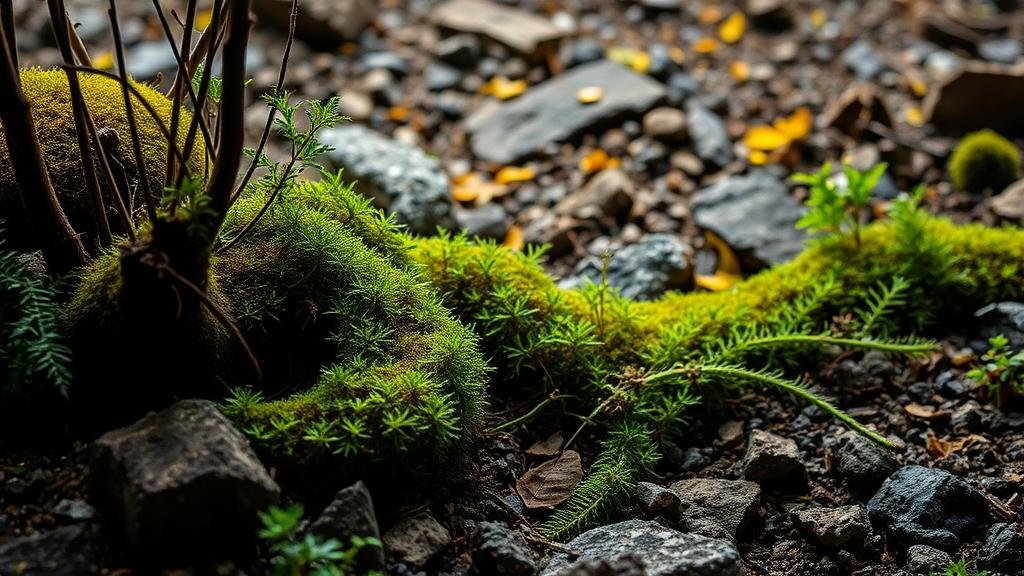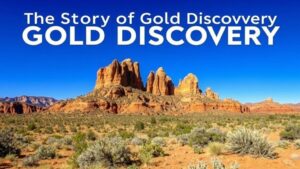Using Unconventional Indicators Like Vegetation Changes to Spot Gold Deposits
Using Unconventional Indicators Like Vegetation Changes to Spot Gold Deposits
The quest for gold has driven exploration and discovery for centuries. Traditional methods, such as geological surveys and sampling, have proven effective; however, the integration of unconventional indicators, such as vegetation changes, is gaining traction in the mining industry. This article explores how alterations in vegetation can signal the presence of underlying gold deposits, supported by empirical evidence and practical applications.
The Relationship Between Vegetation and Gold Deposits
Vegetation is often affected by the underlying geology and soil chemistry. In areas where gold deposits are present, certain plant species may thrive due to the specific mineral content in the soil. This phenomenon can be attributed to a combination of factors, including nutrient availability, soil pH, and moisture levels. For example, certain hyperaccumulator plants, which absorb high levels of metals from the soil, can serve as indicators of mineralization.
Understanding Vegetation Indicators
There are several ways in which vegetation changes can indicate the presence of gold deposits:
- Plant Physiognomy: Variations in plant health and growth patterns can indicate the underlying mineralogy of the soil. For example, the presence of specific plant species, such as Eucalyptus or Alders, may suggest the proximity to gold deposits.
- Soil Chemistry Influence: Changes in soil chemistry due to the presence of gold can alter the nutrient profile accessible to vegetation, leading to distinct types of flora in gold-bearing regions.
- Hyperaccumulation: Certain plants, such as Thlaspi caerulescens, are known to accumulate metals in their tissues. These plants can serve as biological indicators of mineralization, drawing attention to areas that may contain gold deposits.
Case Studies and Real-World Applications
Several notable case studies demonstrate the effectiveness of using vegetation as an unconventional indicator in gold exploration. One significant example is the Merriespruit Gold Project in South Africa, where researchers observed a correlation between vegetation changes and gold mineralization zones. presence of specific tree species and their varying densities pointed geologists toward potential gold-rich areas, which were later confirmed through drilling.
Another example can be found in the Yukon Territory of Canada, where vegetation mapping was combined with soil and geological sampling. Here, researchers identified a direct link between certain plant indicators and the location of gold deposits, ultimately leading to successful explorations and increased yield from previously overlooked regions.
Challenges in Using Vegetation as an Indicator
While the use of vegetation changes as an indicator for gold deposits holds promise, it is not without challenges:
- Environmental Variability: Factors such as climate, soil types, and local ecology can influence vegetation independent of underlying mineralization, leading to potential misinterpretation.
- Limited Data Availability: Comprehensive studies correlating vegetation types with gold deposits are still relatively sparse, making it difficult to establish universal indicators.
- Plausible Agriculture Interference: Local agricultural practices may alter vegetation, complicating the data and potentially masking the presence of mineral deposits.
Actionable Takeaways
For geomorphologists and mining companies looking to enhance their exploration strategies, integrating vegetation analysis into traditional geological surveys can yield significant benefits. Here are several actionable takeaways:
- Incorporate Vegetation Mapping: Use geospatial tools to map plant types and health as a preliminary exploration step.
- Conduct Soil Analysis: Complement vegetation studies with soil sampling to better understand nutrient profiles in areas of interest.
- Develop Interdisciplinary Teams: Foster collaboration between botanists and geologists to ensure comprehensive analyses that leverage both fields of expertise.
To wrap up, the exploration of gold deposits can be significantly enhanced by recognizing the potential of vegetation changes as unconventional indicators. While challenges remain, the integration of this method into standard exploration practices may offer new insights and reveal previously obscured gold-rich areas.



